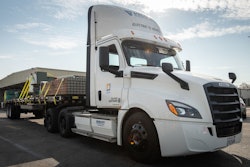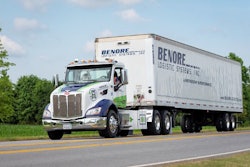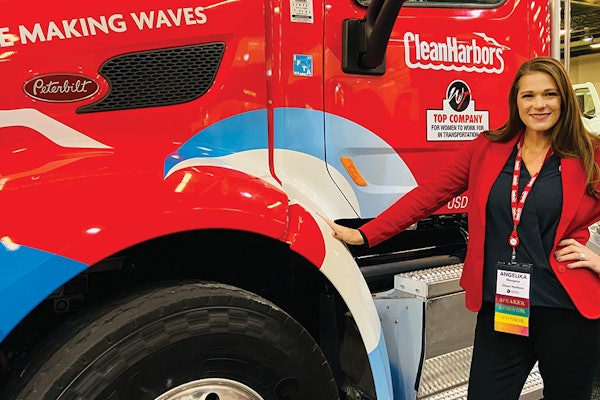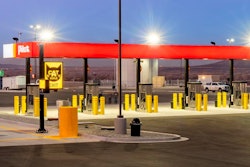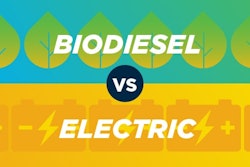It seems my colleagues at NACFE and I have several conversations and email threads going about electric trucks all of the time.
Part of it is because we are in the run-up to Run on Less -Electric, but it also has to be because there is so much momentum behind electric vehicles (EVs) at the moment. In certain corners of our industry, there are ongoing discussions about which trucks could be electric today, how many more could be electric tomorrow, and who will be involved to make it happen.
There is no doubt that electric trucks are not yet ready to replace all diesel- or gasoline-powered ones. But the benefits, including no tailpipe emissions, lower operating costs, independence from oil and more, are enticing enough that there is a large amount of investment leading to confidence that problems with range, charging infrastructure, purchase price and other issues will be solved.
I was recently in some conversations about natural gas trucks, and what I find interesting is the benefits and challenges are nearly exactly the same as they are for EVs. Proponents of natural gas tout lower emissions, lower operating costs and its abundance in North America, while recognizing the challenges of range, fueling infrastructure and purchase price.
Natural gas has been around in our industry for a several decades. I’m not exactly sure how long it’s been used in transportation but my earliest memories are of a CNG powered bus that took me to grade school. I could tell this bus was quieter. It had that unmistakable smell of natural gas instead of diesel fumes, but did not quite have as much power as it struggled over the hills of suburban Pittsburgh. So, without getting into specifics on how long it’s been since I was in grade school, suffice it to say that natural gas has had a multiple decades head start on EVs.
I think it’s fair to say that natural gas has not found the success as a transportation fuel that its proponents have hoped, and optimism around the fuel is waning. Not that long ago, investment and enthusiasm were pouring into natural gas as fracking made it cheap and abundant. There was even the hope that it would fuel our passenger cars.
On the surface, it seemed to make sense. It was cheaper than gasoline and many of us have natural gas in our homes, opening up the possibility of re-fueling at home (again, the parallels to EVs are uncanny.) But clearly, natural gas-powered cars have not taken over our garages.

